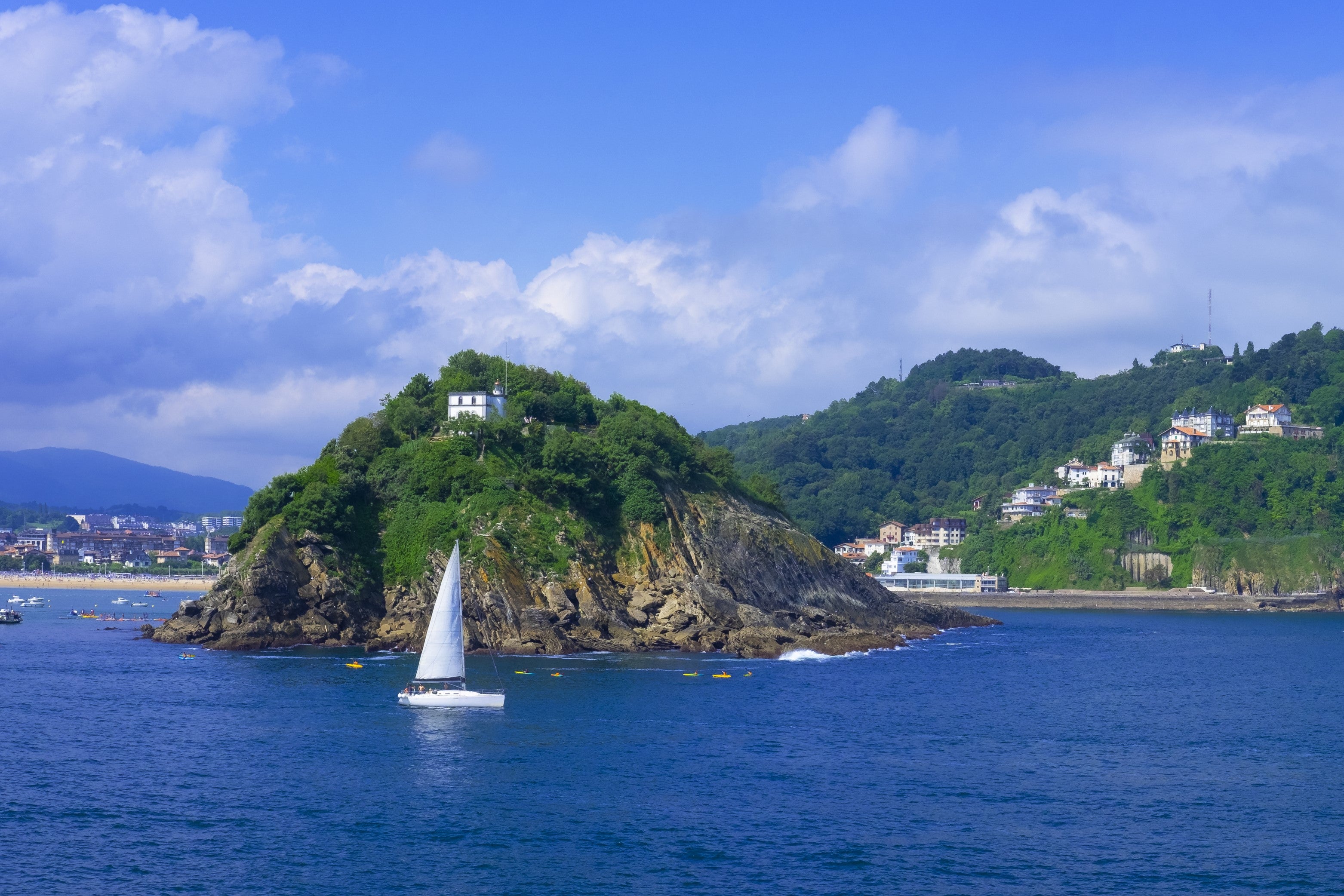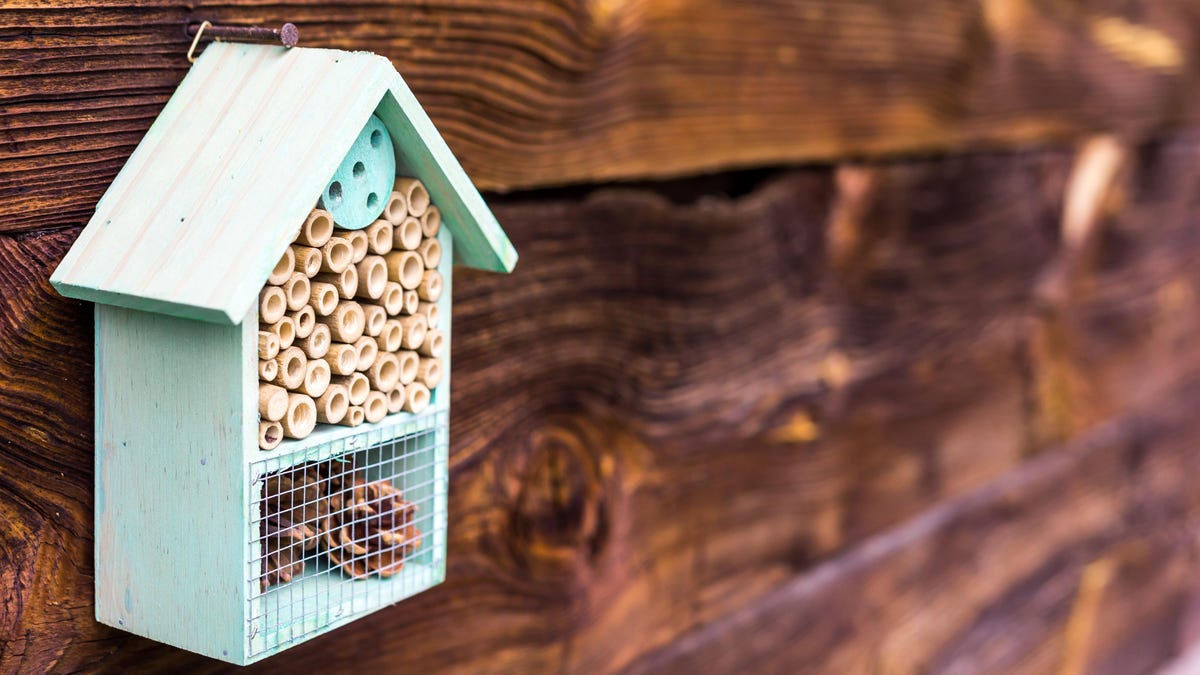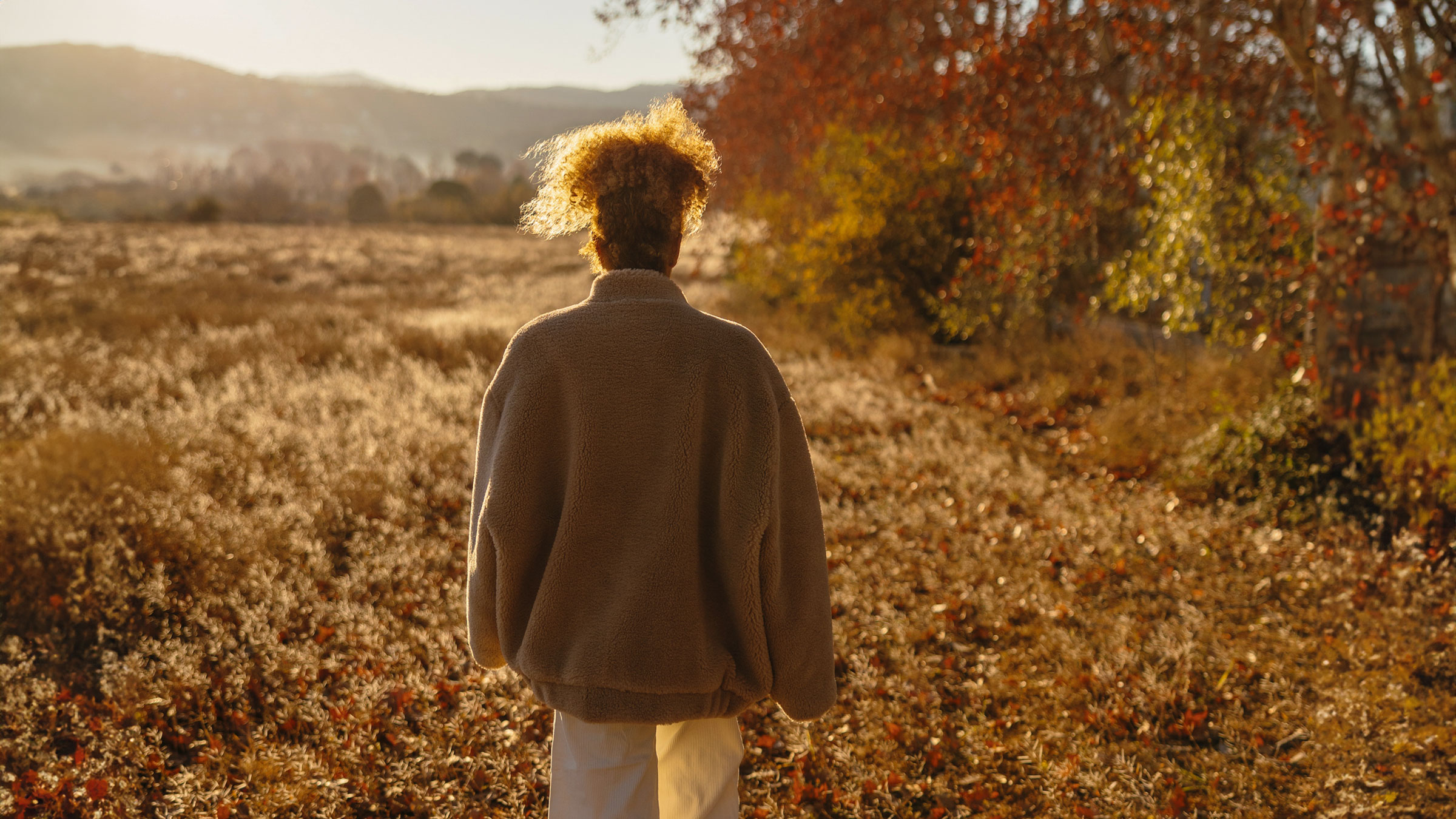San Sebastian city guide: Where to stay, eat, drink and shop in Spain’s gourmet hot spot
Made with all the senses in mind, from its towering sea cliffs to the subtle Belle Epoque charm, San Sebastián might be known as one hell of a foodie destination – but it’s so much more, says Paul Stafford

Your support helps us to tell the story
From reproductive rights to climate change to Big Tech, The Independent is on the ground when the story is developing. Whether it's investigating the financials of Elon Musk's pro-Trump PAC or producing our latest documentary, 'The A Word', which shines a light on the American women fighting for reproductive rights, we know how important it is to parse out the facts from the messaging.
At such a critical moment in US history, we need reporters on the ground. Your donation allows us to keep sending journalists to speak to both sides of the story.
The Independent is trusted by Americans across the entire political spectrum. And unlike many other quality news outlets, we choose not to lock Americans out of our reporting and analysis with paywalls. We believe quality journalism should be available to everyone, paid for by those who can afford it.
Your support makes all the difference.
The waves crashing against surly cliffs, gracefully sweeping bays and verdant, landmark-capped hills around San Sebastián are the kind of backdrop that would elevate even the tackiest seaside resort. But San Sebastián is a different breed, concocted to satisfy the exacting demands of the Spanish Royal Court, which began summering in the city from the mid-19th century, when Queen Isabella II was ordered to bathe in the Bay of Biscay waters to treat a skin condition. The result of that royal rash is a graceful Belle Epoque city that has aged beautifully, fringing the wide, sandy sweep of La Concha Bay.
By the mid-20th century, the city’s stock declined somewhat, but San Sebastián never stopped trying to impress, particularly when it came to the inventive tapas-like pintxos. To gourmands, this is the unrivalled capital of Spain’s food scene, where top chefs are treated with the reverence of A-list celebrities, and where you’ll find the world’s highest ratio of Michelin stars per capita. The bar is raised so high that even the drabbest neighbourhood eateries keep culinary pace with the big players. Ingredients that sound exotic elsewhere, such as sea urchin and foie gras, are bandied about like they were flour and tomatoes.
It would be easy to stop at the food and miss out on the wealth of other experiences offered in this cultured city, but with museums exploring the region’s maritime and shipbuilding pedigree, hikes to hilltop viewpoints and some excellent surfing on the wild seas, there’s plenty of intrigue and entertainment to cram into your trip.
Read more: Spain travel guide: Everything you need to know before you go
What to do
Get up high

The majestic La Concha Bay’s entrance is presided over by two steep hills: Monte Urgull to the east and Monte Igueldo to the west. The former remains mostly forested, despite the city’s Old Town, Parte Vieja, and main port nuzzling right up to its lower reaches. Shaded paths zigzag through the trees and battlements of the 12th-century Castillo de la Mota, which caps Monte Urgull. The castle contains Urgulleko Historiaren Etxea, a small museum detailing the city’s history in Spanish, although the highlight is upstairs: the balcony with its lofty statue of Christ, which looks out over San Sebastián to the mountains beyond.
On the opposite side of the bay is the taller Monte Igueldo (205m), which is best accessed by the Funicular Monte Igueldo. At the top there is a small funfair for children and a sturdy 16th-century lighthouse, Torreón de Monte Igueldo. However, the main reason to venture up is for the sunset views from the various stone balustrades.
Discover local heritage and culture
San Sebastián is best discovered by simply walking through the pedestrianised warren that makes up the Old Town. In among these restaurant- and bar-packed streets are the city’s finest museums, particularly San Telmo Museum, where the history of local shipbuilding (which made the Spanish Empire possible), Basque culture, art and archaeology unfurl beneath the rafters of a 16th-century Dominican convent and its modern annex.

On the other side of the Old Town (no more than a 10-minute stroll away) is the impressive Aquarium, which has a walkthrough tank filled with grey nurse sharks, turtles and rays, plus separate exhibitions on naval history and marine biology. Nearby, the Euskal Itsas Museoa holds thoughtful, often revisionist, temporary exhibitions about the city’s role as shipbuilder in the Spanish Empire’s expansion, the slave trade and the whaling industry.
Get closer to nature
You’ll notice rather quickly that the Bay of Biscay in these parts is wild and uncompromising, which is why surfers love it. Zurriola Beach (aka Zurri), in the city’s youthful Gros neighbourhood, has the ideal beach breaks for learners, with plenty of nearby surf shops and hostels catering to the surfing crowd.
While the sea may be rough along much of the coastline, the waters in La Concha Bay are kept far calmer thanks to the two enclosing headlands and the bulwark of Isla de Santa Clara, a rocky island in the middle of the inlet. Motoras de la Isla runs regular boat trips to the island from the port beside the Old Town during the summer months, allowing you to explore Santa Clara’s wooded paths and visit the small lighthouse.

For beach lovers, Playa de la Concha is a lovely stretch of gently shelving, ochreous sand, lapped by much calmer waves than those over at Zurriola, making it the ideal place to swim in relative safety. It is overlooked by the 1912 Belle Epoque La Perla Thalasso, a thalassotherapy spa (using salt water in its treatments) and sports centre. The beach connects to the Old Town on its eastern edge and culminates in a rocky outcrop to the west, although the seafront promenade continues on to Ondarreta beach, which has a decidedly more orderly look to it, with its rows of blue and white beach umbrellas.
San Sebastián is the first major stop along the Camino de Santiago in Spain, with many hikers plying the excellent coastal paths in either direction. A popular 7.7km jaunt from San Sebastián winds eastward over the clifftops and drops down into Pasaia, where the Albaola Foundation runs the Itsas Kultur Faktoria, exploring the region’s history of whale hunting. The undoubted highlight here, however, is the full-scale replica of the San Juan ship being built using the traditional, 16th-century shipbuilding techniques used in the construction of the original galleon, which sunk off the Newfoundland coast in 1565.
Read more: Camino de Santiago: The world’s most famous walk is changing
Where to stay
Hotel Maria Cristina

Perhaps the finest example of Belle Epoque architecture in the city is the five-star Hotel Maria Cristina, built in 1912 at the height of the city’s early popularity. The hotel, built by the French architect Charles Mewes, is named after the former Spanish Queen Regent. It is neatly sited a few minutes from La Concha Beach, and the Old Town and Gros neighbourhoods. The building contains a gourmet food shop and Mimo, which runs cooking classes on pintxos-making, as well as Basque and Spanish cuisine.
Hotel de Londres
Perched above La Concha Beach, Hotel de Londres, built in the 19th century, is one of the city’s first stately hotels. The best rooms are those with sea views and little balconies fronting the elegantly furnished spaces. Some even have hot tubs with a view of the shoreline.
Surfing Etxea
One of the handful of surf hostels in San Sebastián’s Gros neighbourhood, Surfing Etxea is a modern space with ample lockable storage in four- or eight-bed dorm rooms. The shared lounge, terrace and in-house bar make it a good place to meet fellow travellers, not all of whom are here for the surfing. However, if you are here to tame the waves, classes for all abilities are bookable via the hostel reception.
Where to eat
Pintxos
The humble Spanish tapas gets a decadent makeover in the Basque Country in the form of pintxos. They are often small enough to polish off in a few bites but surprisingly complex when it comes to flavour, ingredients and construction. Even more confounding is the general level of quality wherever you go. This is largely due to the exacting standards of locals, whose custom keeps establishments afloat outside of the main tourism season; places that do not pass muster tend not to last very long.

There are scores of bars and restaurants serving pintxos, which are often arranged as small plates heaped atop the bar. The general approach is to order one or two whenever you order a drink. Common regional specialities start with the simple gilda (anchovies, chilis and an olive skewered on a cocktail stick) to more adventurous fare including sea urchin, foie gras, spider crab, and bonito. Try as much as you can in as many places as you can. Bar Sport, La Cuchara de San Telmo, Txepetxa Taberna and Bar Nestor are great starting points in the Old Town, while Bodega Donostiarra and Eguzki Berri are fine options in Gros.
Basque cuisine
Beyond pintxos, Basque cuisine makes fine use of the surf and turf delicacies the region is able to offer. The Basque coastline gave rise to dishes such as bacalao al pil-pil (salt cod coated in garlic and olive oil), while the verdant land is suitable for cattle-rearing. Chuleton el buey (steak) is served in huge, juicy chunks, often with a side of vegetables, such as hongos (wild mushrooms) or padrón peppers. La Txuleteria in the Gros neighbourhood serves up huge steaks, which arrive sizzling and already sliced atop a hotplate.
Restaurante Muxumartin is typical of Basque restaurants in San Sebastián, in that it will leave you wondering how it doesn’t have a Michelin star yet. Pintxos and regional cuisine are both served, the latter best represented on the tasting menu, which evolves with the seasons. The ravioli de txangurro (spider crab ravioli) and foie gras jugo de cebolla (onion soup) are highlights.
Michelin-starred dining
Currently, there are three restaurants with three Michelin star in San Sebastián and another nine with at least one star in the city’s satellite towns. The Basque region as a whole has 23 restaurants with at least one Michelin star – and many more deserving of one. The Michelin Guide features 47 restaurants in San Sebastián alone, a city with fewer than 190,000 inhabitants. By way of comparison, York, Portsmouth and Colchester, each city of similar size, can only muster 25 between them, only one of which is starred.
Within the city centre, Kokotxa (one star) in the Old Town, presents creative seafood-based concoctions that are firmly rooted in traditional Basque recipes, but borrow from the culinary idioms of countries such as India and Korea, for example, lobster with kimchi. Amelia by Paulo Airaudo (two stars) adds an impeccable setting, overlooking Playa de la Concha, to its creatively crafted seasonal dishes, with caviar often featuring at some point.
Where to drink
Urgulleko Polboriña
This bar’s view is the envy of all other bars in Spain. It sits atop the western battery ramparts of the Castillo de la Mota and is only usually open during the late spring to early autumn months. If your trip coincides with the bar’s being open, there really is no other competition.
Basque cider
Cider is a big deal in the Basque and in the sagardotegis (sidrerías in Spanish), it is presented with a theatrical flourish that often involves pouring from great height to aerate the drink. Most traditional options like this are located in the hills around San Sebastián, particularly in the town of Astigarraga. In the city, try Txirrita Sagardotegia Sidreria, whose wooden panelling and large communal tables overlooked by floor-to-ceiling cider barrels offers a unique drinking and dining experience.
Old Town bars
You might be able to walk from one side of the Old Town to the other in 10 minutes, but it’ll take you 10 years to try all the bars crammed into this remarkable area. Etxeberria is notable for its selection of craft beers made at its own brewery. The Basque Country’s own exceptional white wine, known as txakoli (pronounced cha-koh-lee) is typical of the majority of bars in the city. Txakoli is traditionally served alongside tapas, which are excellent here. Thanks to its dry nature and high acidity, txakoli pairs well with seafood, particularly shellfish.
Where to shop
Gourmet Basque food
The wealth of local cider, wine and produce make gourmet food shops San Sebastián’s main go-to for souvenirs. La Oveja Latxa is a great place to sample and buy the region’s broad variety of cheeses, including those made from the milk of cows, goats or sheep, which are all farmed abundantly in the region. You can also pick up bottles of txakoli and olive oil. An alternative option, where fine wine is the central focus, is Lukas Gourmet, housed in Hotel Maria Cristina.
Markets
There are two main markets in central San Sebastián. Traders have plied their wares at Mercado de la Bretxa since 1870. Skip the supermarket and chain stores there for the covered market downstairs. This is where plenty of local chefs source their ingredients. Further south, Mercado San Martin also has decent produce stalls each day. Its proximity to Playa de la Concha makes it ideal for grabbing some tasty beach picnic supplies.
Architectural highlight
The Kursaal is one of San Sebastián’s finest modern buildings, upholding the penchant throughout the Basque Country for groundbreaking contemporary architecture with the betterment of public life in mind. As with much of the best new design, architect Rafael Moreno echoes the building’s natural surroundings by mimicking the cliffs to both the east and west of the city, in its two glass prismatic blocks. The Kursaal overlooks the sea, reflecting double when illuminated at night, while providing a 1,806-seat auditorium, a chamber hall and mixed-use events spaces within. It also hosts the annual San Sebastián International Film Festival.
FAQs
What currency do I need?
Euros.
What languages are spoken?
Spanish and the Basque language, known as Euskara. Many local residents are bilingual and many of the towns and cities are either named in native Euskara or add the local name in front of their Spanish names, hence Donostia-San Sebastián, with Donostia being the abbreviated Euskara version of Saint Sebastian.
How much should I tip?
Adding around 10 per cent to the bill is always appreciated, although it isn’t expected at bars and pintxos restaurants.
What’s the time difference?
GMT+1.
How should I get around?
The Old Town is compact and easy to navigate thanks to it being largely pedestrianised. Bus 16 is regular and connects the Old Town to the funicular heading up Monte Igueldo.
What’s the best view?
On a clear day, nothing tops the panorama from the top of Monte Igueldo’s tower.
Insider tip?
Many people like to swim out to Isla de Santa Clara in summer. The shortest route is a 500m swim from Ondarreta Beach to the southwest of La Concha Bay, which is helped further by the presence of resting platforms called gabarrones, anchored in the water midway between the beach and island.
Getting there
Travelling flight-free?
It’s possible to travel by train from London to San Sebastián. Grab a Eurostar train from London St Pancras station to Paris Gare du Nord, then get to the other side of central Paris by Metro or taxi to Gare de Lyon. From here, take the TGV service to Hendaye, on the France-Spain border, which departs at least five times a day. Euskotren station is located beside Hendaye station and connects onwards to San Sebastián.
Travelling by air?
British Airways runs direct flights between London City and San Sebastian airports roughly once a week. Otherwise, you can fly into Bilbao year-round from London and Manchester with easyJet, or from Gatwick with Vueling.

 Troov
Troov 
































